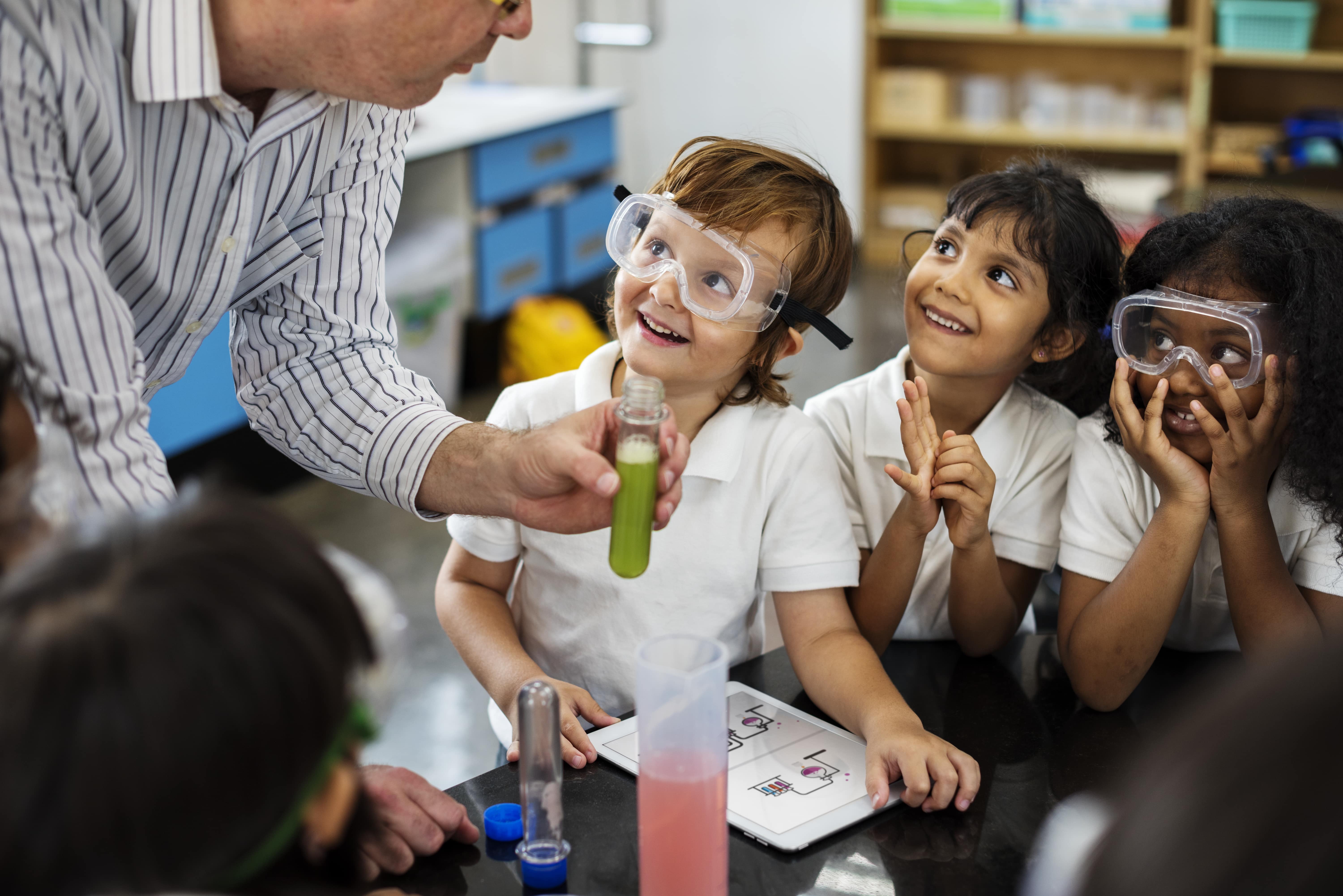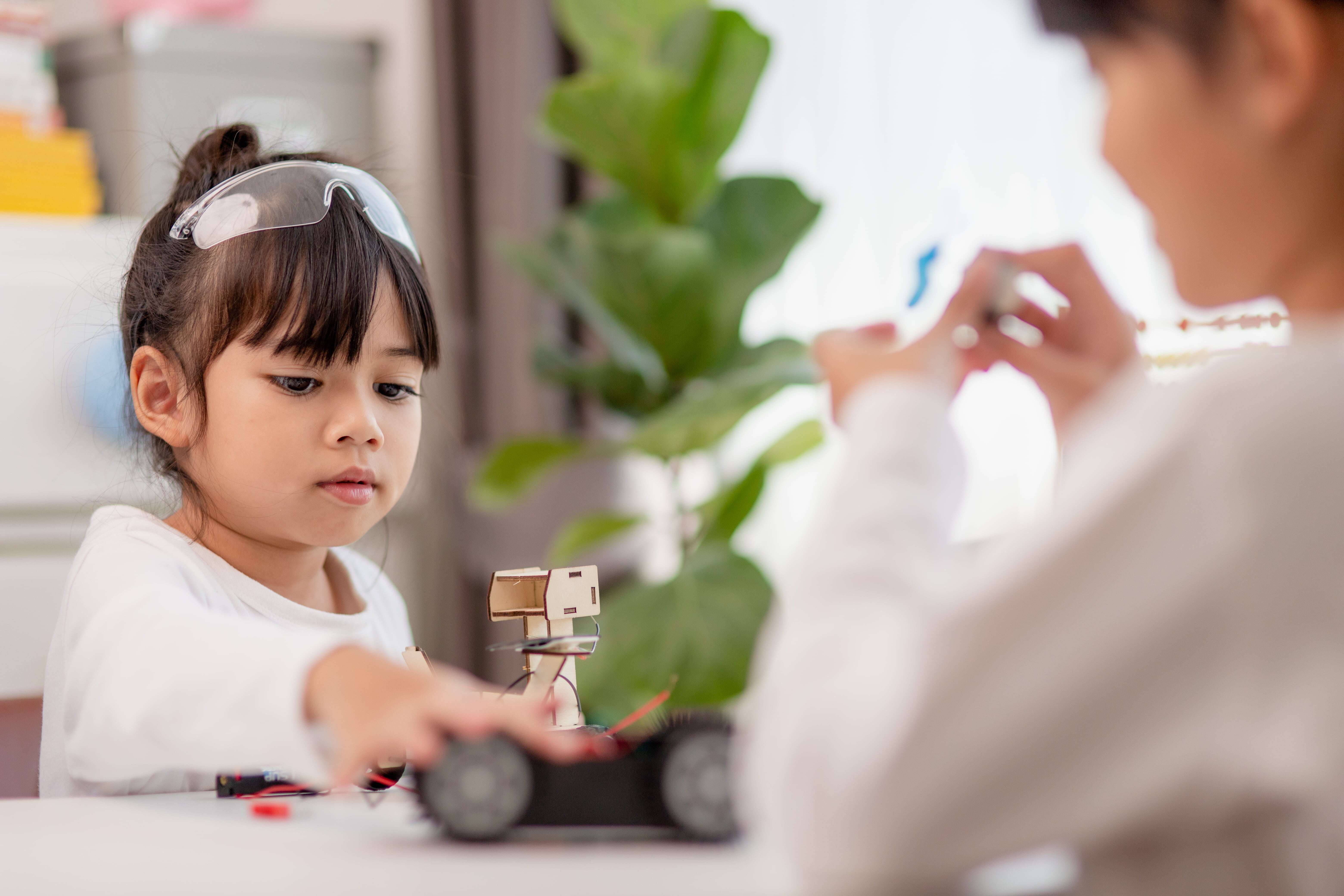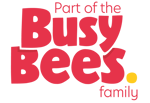Discover how BrightPath’s BeeCurious Curriculum uses open-ended play with blocks to nurture math, STEM, problem-solving, and critical-thinking skills in young learners.
In today’s fast-paced, technology-driven world, nurturing a love for Science, Technology, Engineering, and Math (STEM) starts early. The BeeCurious Curriculum takes a creative and child-centered approach to building these skills through open-ended play with blocks and manipulatives. This blog post explores how this innovative curriculum integrates hands-on play to foster essential math and STEM abilities, encouraging children to think critically, solve problems, and explore the world around them.
The Role of Open-Ended Play in BeeCurious Classrooms
At the heart of the BeeCurious Curriculum is the idea that the classroom learning environment acts as a "third teacher." This means the environment itself is designed to inspire learning, curiosity, and exploration. One of the most exciting spaces in this setup is the block center, where children can engage with various blocks and manipulatives according to their interests.
In this open-ended play area, children might:
- Build and stack blocks to create structures.
- Sort and classify objects based on shape, size, or color.
- Recreate images or patterns, sparking creativity.
- Develop fine motor skills and hand-eye coordination through manipulation.
These activities seamlessly blend math, STEM, and physical literacy, allowing children to develop problem-solving and critical-thinking skills as they engage in playful exploration.
How Educators Facilitate STEM Learning Through Play
Educators play a pivotal role in guiding and supporting children’s open-ended play. The BeeCurious Curriculum equips educators with weekly STEM-focused enrichment activities, which include invitations and provocations using open-ended materials. These activities help spark curiosity and exploration.
Key strategies include:
- Using inquiry-based questions: Educators pose thought-provoking questions such as:
- “What other materials could make this structure stronger?”
- “How can we balance this tower?”
- “What would happen if we used a different material?”
- Providing intentional invitations: Designing activities that encourage children to explore concepts like stability, balance, and structure through hands-on experimentation.
- Encouraging reflection and conversation: Children are guided to observe, reflect, and share their ideas, deepening their understanding of STEM concepts.
These strategies encourage children to think critically, solve problems, and engage in meaningful discussions.
Examples of Math and Engineering in Action
One standout activity in the BeeCurious Curriculum is the 100 Cup Challenge, which exemplifies how manipulatives can teach math and engineering concepts. During this activity, children were invited to create a stable structure using 100 plastic cups.
This challenge nurtured:
- Counting and math skills: As children counted the cups they used.
- Engineering principles: By experimenting with stability and balance.
- Critical thinking and problem-solving: As they worked to create stronger or taller structures.
The beauty of this activity is its adaptability. For younger children, larger cups could be introduced, or fewer cups could be used. For older children, combining cups with other manipulatives can add complexity and encourage even deeper learning.
How Development is Assessed
Educators assess the development of math and STEM skills through continuous documentation and observation. BrightPath employs tools like the BP Connect app, where educators highlight developmental milestones and emerging skills.
Additionally, we access specific child development assessment scales termed the Pearson assessments that provide insights into cognitive, physical, social-emotional, and language development and help to inform the practice of educators with respect to supporting development.
These tools allow educators to:
- Identify children’s strengths and challenges.
- Tailor future activities to support individual learning needs.
Critical Thinking and Problem-Solving in Action
Children demonstrate critical thinking and problem-solving during block and manipulative play by constructing, deconstructing, and iterating on their designs.
For example:
- A child building a tower might pause, retrieve a heavier block, and say, “Let’s try this, it might hold better.”
- Educators might guide with prompts like, “How can you make this taller without it falling?”
These moments of trial-and-error help children develop resilience, persistence, and innovation.
Family Perspectives on STEM Play
Families often express amazement at the confidence and critical thinking their children develop through open-ended STEM play. By observing their children’s problem-solving skills and creativity in action, families see the value of this approach. They also appreciate the documented learning stories shared by educators, which highlight the children’s progress and achievements.
Adapting Activities for All Learners
The flexibility of the BeeCurious Curriculum ensures that activities can meet the needs of children with varying interests and abilities.
For example:
- In sorting activities, the number of items or complexity of the task can be adjusted.
- In building activities, larger blocks can be used for children who need more support with fine motor skills.
These adaptations ensure that every child can engage meaningfully with STEM-related concepts, building confidence and curiosity.
Open-ended play with blocks and manipulatives isn’t just fun, it’s a foundation for future learning in math and STEM. BrightPath’s thoughtful integration of these activities fosters critical thinking, problem-solving, and collaboration while nurturing a love for discovery. Families can feel confident that their children are developing the skills they’ll need to thrive in a STEM-rich world, all through the joy of play.
Stay in the know and check us out on social media! Follow BrightPath on Facebook and Instagram for a variety of fun activities and daily inspiration.







